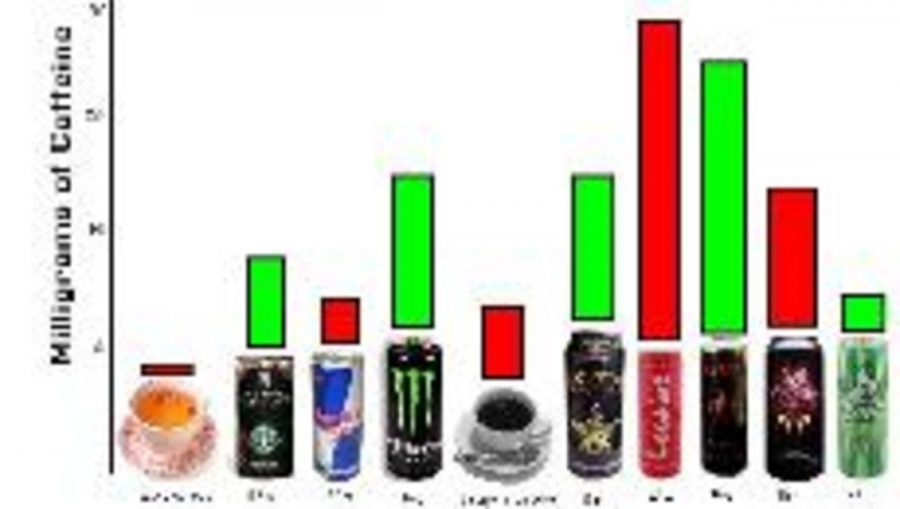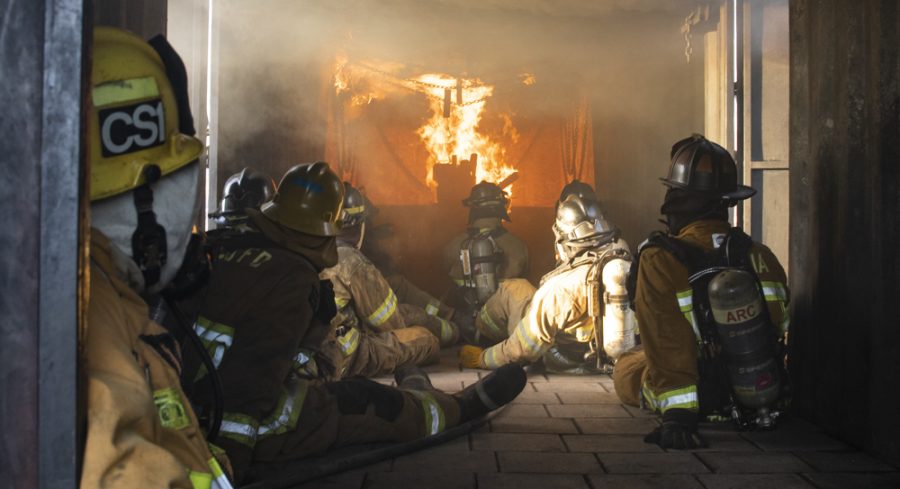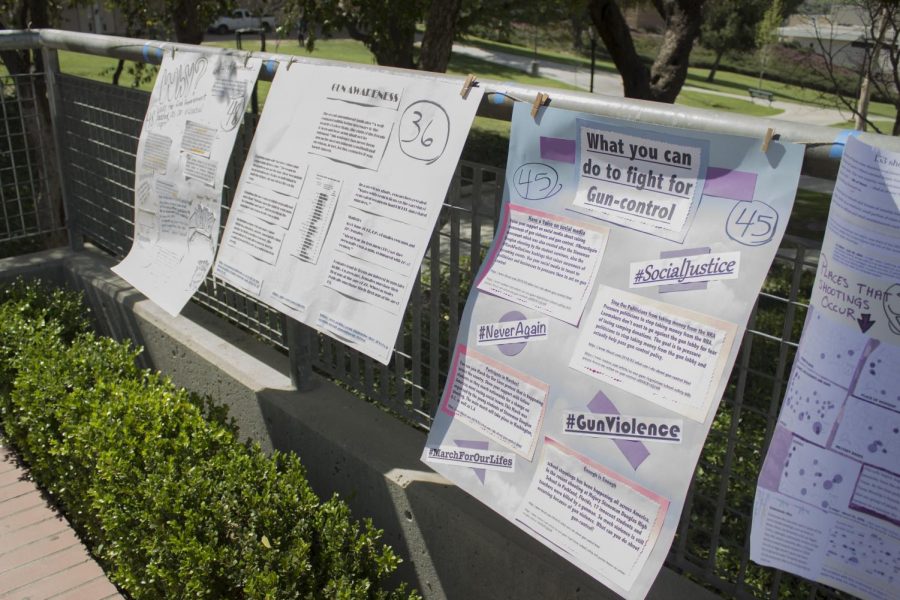With school, work, homework, friends, family and extra activities, it is no wonder that college students often turn to a quick and easy drink for an extra energy boost; but how much do you know about that tall can of caffeine that you are about to down on the way to class?
While students consume energy drinks like water, seemingly without any consideration of what they are putting into their system, others recognize the negative effects of these beverages on the human body. Elizabeth Do Monte, assistant nutritionist at the Women, Infant and Children Nutrition Program, says that students should consider their activity while deciding on a beverage. “Energy drinks are okay to have if you are very active, but many of the people who consume them don’t really need them,” said Do Monte. “The effects of the chemicals in these drinks are not good for the body. The best thing that you can possibly drink is lots of water.”
So which chemicals in these energy drinks are making them bad for consumers? Besides high sugar content, the main culprit for an energy drink’s bad rep is the caffeine. As the world’s most widely consumed psychoactive substance, caffeine consumers generally do not think of the serious effects it may have on their body. Caffeine acts as a stimulant for the central nervous system and reduces fatigue while increasing alertness. Regular consumers of caffeine often find that they need more and more as time goes on in order to feel its effects. This consequence is due to the body’s adaptation to continual presence of the drug. Should the regular consumer try to cut back on their caffeine intake, their body is likely to go through withdrawals due to the absence of the drug.
Despite the addictive side effects of regular consumption of caffeine, students are still turning to highly caffeinated energy drinks to get their daily fix. Some popular energy drinks such as Red Bull and Amp contain about 75 to 80 milligrams of caffeine or just as much as a cup of instant coffee. Other famous drinks like a 16 ounce Rockstar or Monster hold about double the amount of caffeine found in coffee and Red Bull. If someone is set on getting a serious caffeine high, they may turn to some of the most powerful energy drinks on the market such as Cocaine Energy Drink, which contains three times the amount of caffeine that Red Bull contains but is in the same size can or Fixx Energy Drink which packs a staggering 500 milligrams of caffeine into a 20 ounce bottle and is only meant for serious exercisers.
Another ingredient often found in energy drinks is taurine, which, contrary to popular urban myth, is not made of bull semen. Taurine is actually part of the amino acid cysteine and while it does not provide much energy, it is good for the retina and may help to reduce muscle fatigue.
Yet, the campus is swarming with students sporting an array of an energy drinks on a daily basis. Many students have admitted to being a big fan of these drinks and have no plans to decreasing their consumption.
“I drink energy drinks because they taste good and give me an extra energy boost,” said cinema major Nick Petoyan, 19. “I don’t really need them to function but they make it a little easier to handle my busy day.”






